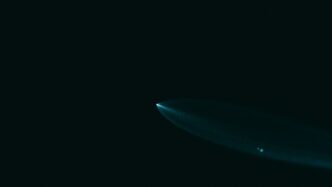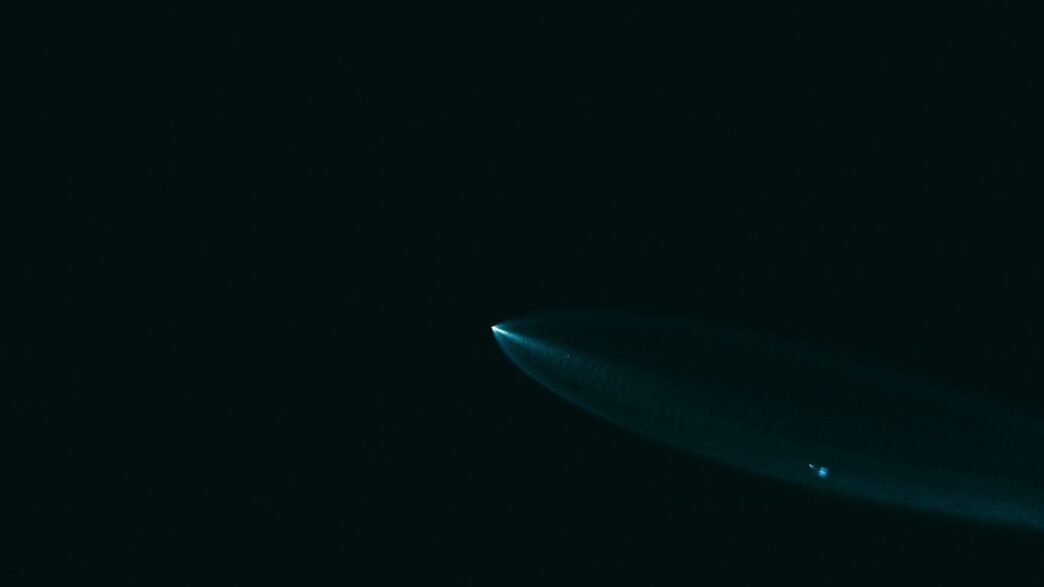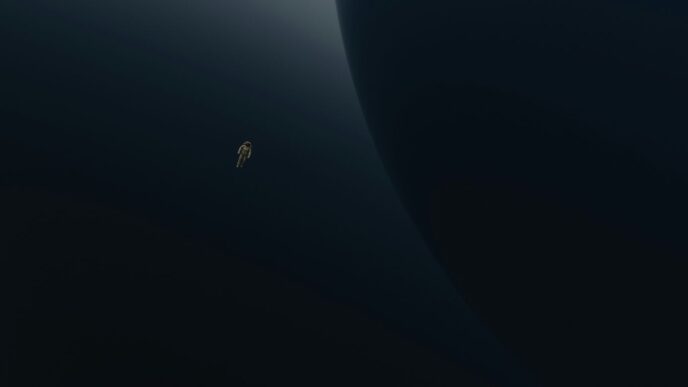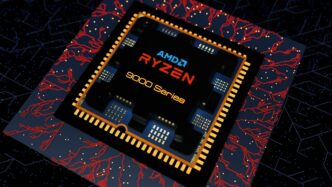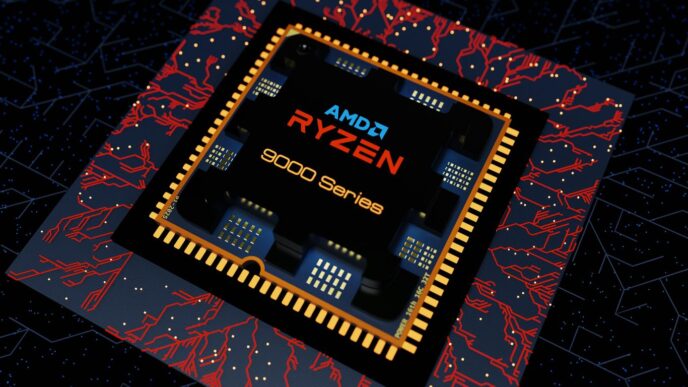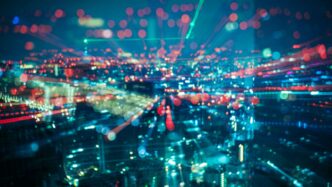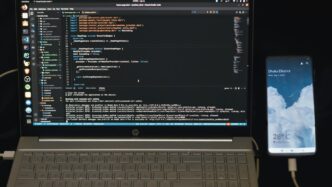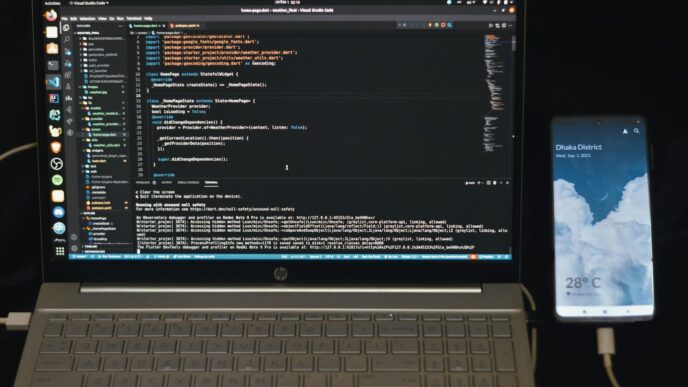Crew 8 Mission Overview
Alright, let’s talk about the SpaceX Crew-8 mission. This is a pretty big deal, marking the eighth time SpaceX has ferried astronauts to the International Space Station (ISS) as part of NASA’s Commercial Crew Program. It’s not just another trip; it’s a rotation mission, meaning these folks are heading up to take over from the previous crew and keep the science going. The whole endeavor is set to last about six months, which is a good chunk of time to get a lot done up there.
Crew 8 Astronauts Revealed
So, who’s going on this adventure? We’ve got a solid crew of four heading into orbit. Leading the pack is Commander Matthew Dominick, a first-time flyer and a U.S. Navy test pilot. Then there’s Pilot Michael Barratt, who’s actually a veteran, making his third trip to space. Mission Specialist Jeanette Epps, a physicist and engineer, is also on board for her first spaceflight. Rounding out the team is Roscosmos Cosmonaut Alexander Grebenkin, who’s also a first-time flyer and brings his own set of skills from the Russian space agency. It’s a mix of new faces and experienced hands, which is always a good sign for a mission like this.
Mission Objectives and Duration
The main goal here is to continue the vital work happening on the ISS. Over their roughly six-month stay, the Crew-8 astronauts are scheduled to conduct over 200 scientific experiments and technology demonstrations. Think of it as a floating laboratory where they’re testing new ideas, studying how things work in microgravity, and gathering data that could help us explore further into space and even improve life here on Earth. They’ll be taking over from the Crew-7 mission, ensuring a continuous human presence and ongoing research.
SpaceX Dragon Endeavour’s Role
The spacecraft making this journey is the SpaceX Dragon, specifically named ‘Endeavour’. This isn’t its first rodeo; it’s a reliable workhorse that has flown multiple missions to the ISS. Endeavour is designed to carry up to seven astronauts, but for these NASA missions, it’s typically carrying four. It’s responsible for getting the crew safely to the station and back home again. The automated systems on the Dragon handle a lot of the tricky bits, like docking with the ISS, but there are always teams on the ground ready to monitor everything.
Launch Details for Crew 8

Getting the Crew-8 astronauts off the ground is a pretty big deal, and there’s a lot that goes into making sure it all happens smoothly. SpaceX uses its trusty Falcon 9 rocket, paired with the Dragon Endeavour spacecraft, for these missions. They launch from Pad 39A at NASA’s Kennedy Space Center in Florida. It’s a busy place, for sure.
Launch Pad and Rocket Configuration
The Falcon 9 rocket is a two-stage workhorse. The first stage brings the rocket off the ground and then separates, heading back to Earth for a landing – usually on a drone ship or back at the Cape. The second stage keeps going, pushing the Dragon capsule towards orbit. The Dragon Endeavour spacecraft itself is designed to carry up to four astronauts, and it’s pretty sophisticated, with its own life support and navigation systems. It’s been used for several missions now, so it’s a well-tested piece of equipment.
Launch Window and Weather Considerations
Launching rockets isn’t quite like catching a bus; you can’t just hop on if you miss the exact minute. For Crew-8, like many space launches, there’s an "instantaneous launch window." This means they have to lift off at a very specific time to get the spacecraft on the right path to the International Space Station (ISS). Weather is a huge factor here. High winds, rain, or even clouds in the wrong spot can scrub a launch. Mission control and SpaceX’s weather teams are constantly monitoring conditions, and sometimes, they have to push the launch back, which happened a couple of times for Crew-8 due to less-than-ideal weather offshore.
Live Broadcast and Viewing Options
If you want to watch the launch, you’ve got plenty of ways to do it. NASA usually streams the whole thing live on their website, NASA+, and YouTube channel. You can also catch it on the NASA app. They often start coverage a few hours before liftoff, giving you a look at the final preparations and countdown. It’s pretty cool to see the rocket on the pad and then watch it roar to life. They also have live blogs and social media updates, so you can follow along in real-time. If you miss the live show, don’t worry, replays and photos are usually available pretty quickly after the mission gets underway.
The Crew 8 Astronauts
This mission brings together a diverse group of four individuals, each bringing their own unique background and skills to the International Space Station. It’s a mix of seasoned space travelers and first-time flyers, all ready to contribute to science and exploration.
Commander Matthew Dominick
Matthew Dominick is taking the lead as commander for the Crew-8 mission. He’s a U.S. Navy test pilot and joined NASA’s astronaut corps in 2017. This flight marks his very first journey into space. His background in aviation likely gives him a steady hand for the complexities of spaceflight.
Pilot Michael Barratt
Michael Barratt is no stranger to space. He’s a veteran NASA astronaut, a physician by training, and this will be his third trip to the ISS. He previously spent time on the station during a six-month expedition in 2009 and also flew on the final mission of the space shuttle Discovery in 2011. His experience is a huge asset to the crew.
Mission Specialist Jeanette Epps
Jeanette Epps is a mission specialist and will be making her first spaceflight with Crew-8. She’s a physicist and aerospace engineer who joined NASA back in 2009. Before becoming an astronaut, she worked in the automotive industry and for the CIA. It’s pretty cool that she’s now heading to orbit.
Roscosmos Cosmonaut Alexander Grebenkin
Rounding out the crew is Alexander Grebenkin, a cosmonaut from the Russian space agency, Roscosmos. He joined their corps in 2018 after a career as a pilot in the Russian Air Force. Grebenkin has degrees in aircraft radio systems and communications, bringing a strong technical background to the team.
Journey to the International Space Station
After blasting off from Kennedy Space Center, the SpaceX Dragon Endeavour spacecraft, carrying the Crew-8 astronauts, begins its trip to the International Space Station (ISS). This isn’t just a quick hop; it’s a carefully planned voyage that takes about 28 hours. Think of it like a long road trip, but instead of highways, they’re following a precise orbital path.
Translational Flight Path
The journey to the ISS isn’t a straight line. The Dragon spacecraft follows a specific trajectory, adjusting its orbit to meet up with the station. This involves a series of engine burns to get them to the right place at the right time. It’s all about timing and precision to make sure they arrive at the correct altitude and speed to rendezvous with the orbiting laboratory.
Docking Procedures with ISS
Once they’re close, the real delicate work begins: docking. The Dragon Endeavour uses its own thrusters and guidance systems to slowly approach the station. The final moments of docking are automated, with SpaceX mission control in California and NASA teams in Houston keeping a close watch. The spacecraft will connect to the forward port of the ISS’s Harmony module. It’s a bit like a very precise parking maneuver, ensuring a secure connection.
Crew Rotation with Crew-7
Arriving at the ISS means it’s time for a crew swap. The Crew-8 astronauts will be taking over from the Crew-7 astronauts, who will then head back to Earth. This handover is important for keeping the station running smoothly. For a short period, the ISS will host 11 people – the new arrivals and the departing crew – before Crew-7 begins their own journey home. This rotation is a key part of keeping the science and operations going on the station.
Scientific Endeavors Aboard the ISS
The Crew-8 astronauts aren’t just traveling to space; they’re heading to a working laboratory. The International Space Station (ISS) is a hub for all sorts of research, and this crew is bringing a fresh batch of experiments with them. Think of it as a floating research facility, constantly buzzing with activity.
Research Experiments Planned
This mission is packed with science. The crew will be working on over 200 different experiments. Some of these are pretty fascinating, like using stem cells to grow organoid models. The goal here is to get a better look at how degenerative diseases work, which could really help us down the line. They’re also going to be studying how plants react to being in space – you know, the whole microgravity and UV radiation thing. It’s not just about growing food in space, but understanding plant biology better overall.
Another experiment involves testing out special cuffs worn on the legs. The idea is to see if these can help stop fluids from shifting around in the body when you’re in zero gravity. This could be a big deal for astronaut health, potentially reducing some of the common problems they face.
Technology Demonstrations
Beyond the biological and physical sciences, Crew-8 will also be testing out new technologies. These aren’t always as flashy as a new experiment, but they’re super important for future space travel. Think of it as upgrading the tools we use to explore.
Supporting Future Exploration
Everything the Crew-8 astronauts do up there, from the smallest experiment to testing new equipment, is about paving the way for what comes next. The ISS has been around for a while, and it’s been a great place to learn how to live and work in space. The data and experience gained from missions like Crew-8 help NASA and its partners figure out how to send people further out, maybe even to Mars someday. It’s all connected, really. The work they do now directly impacts where we can go and what we can do in space in the future.
Mission Milestones and Support

Eighth Commercial Crew Rotation
This mission marks the eighth time SpaceX has flown astronauts to the International Space Station as part of NASA’s Commercial Crew Program. It’s pretty wild to think about how far we’ve come in just a few years. This program really changed the game for getting people and supplies up to the station. Each flight builds on the last, making things smoother and safer. It’s a testament to the hard work and dedication of so many people.
Marshall Space Flight Center Support
Down at NASA’s Marshall Space Flight Center in Huntsville, Alabama, a whole lot of work goes on behind the scenes to make these missions happen. They’re involved in everything from designing and testing the hardware to making sure the science experiments get where they need to go. It’s a huge team effort, and they play a big part in the success of these flights. They’ve even got folks working on cool stuff like AI to help analyze all the data coming back from space.
Payload Operations Integration
Getting all the science experiments and equipment ready for space is a massive undertaking. The Payload Operations Integration team is responsible for making sure everything is packed, tested, and ready to go. They coordinate with scientists all over the world to get their experiments on board and running smoothly once the astronauts are in orbit. It’s like a giant logistical puzzle, and they’re the ones putting all the pieces together.
Here’s a look at some of the key areas they focus on:
- Experiment Design and Testing: Ensuring all scientific payloads meet the strict requirements for spaceflight.
- Integration with Spacecraft: Making sure experiments fit and function correctly within the Dragon capsule and the ISS.
- On-Orbit Support: Providing ground-based assistance to astronauts as they conduct experiments aboard the station.
- Data Management: Handling the flow of scientific data from the ISS back to researchers on Earth.
Wrapping Up Crew-8
So, the Crew-8 mission is officially underway, sending another group of astronauts up to the International Space Station. It’s pretty wild to think about them living and working up there for months, doing all sorts of science that could help us out down here on Earth. This whole thing with SpaceX and NASA working together is really something else, showing how far we’ve come. It’s not just about the launch, though; it’s about the science they’ll do and what we learn from it. We’ll be watching to see what they accomplish during their time in orbit.

